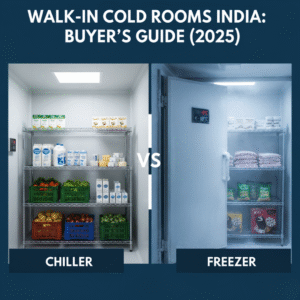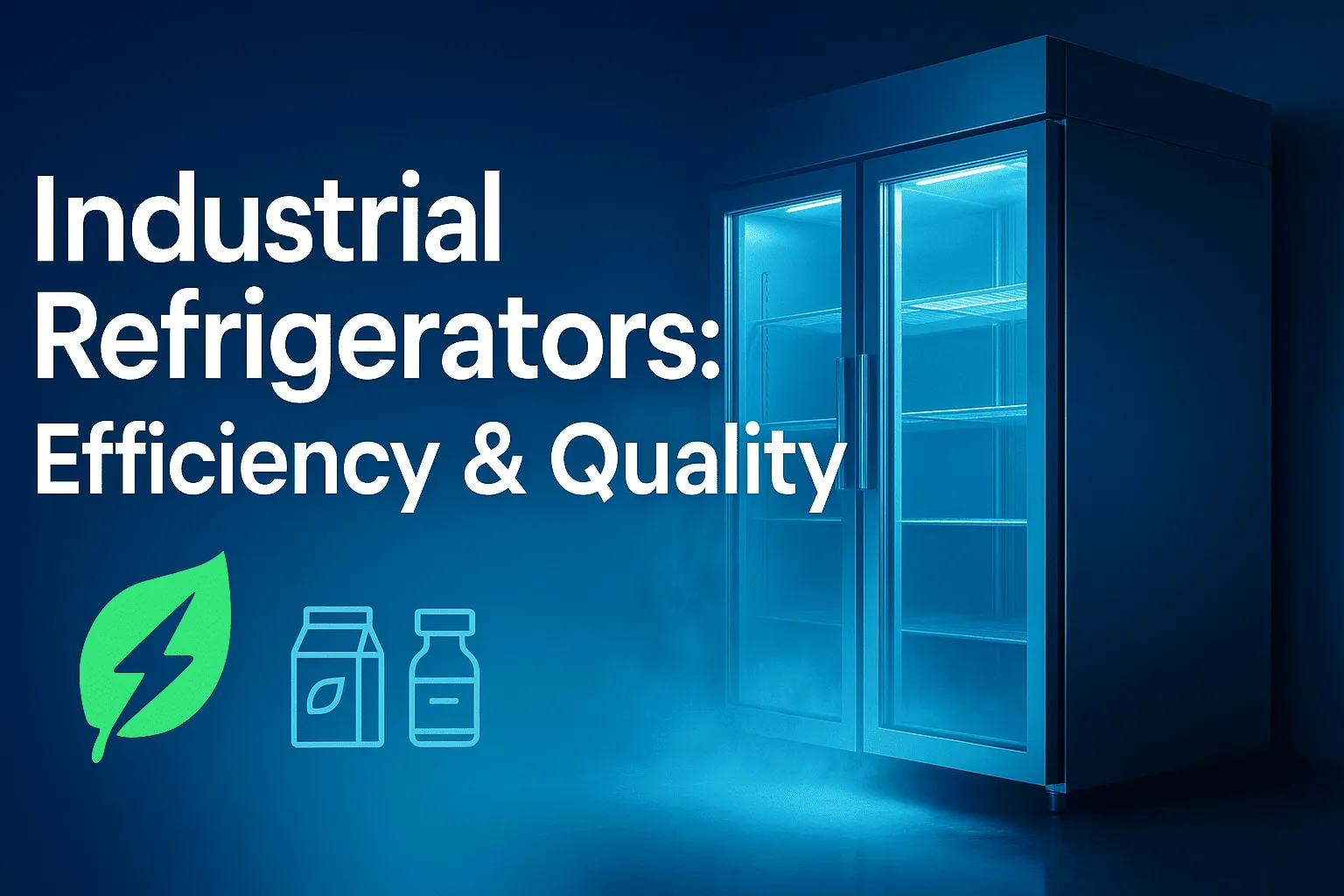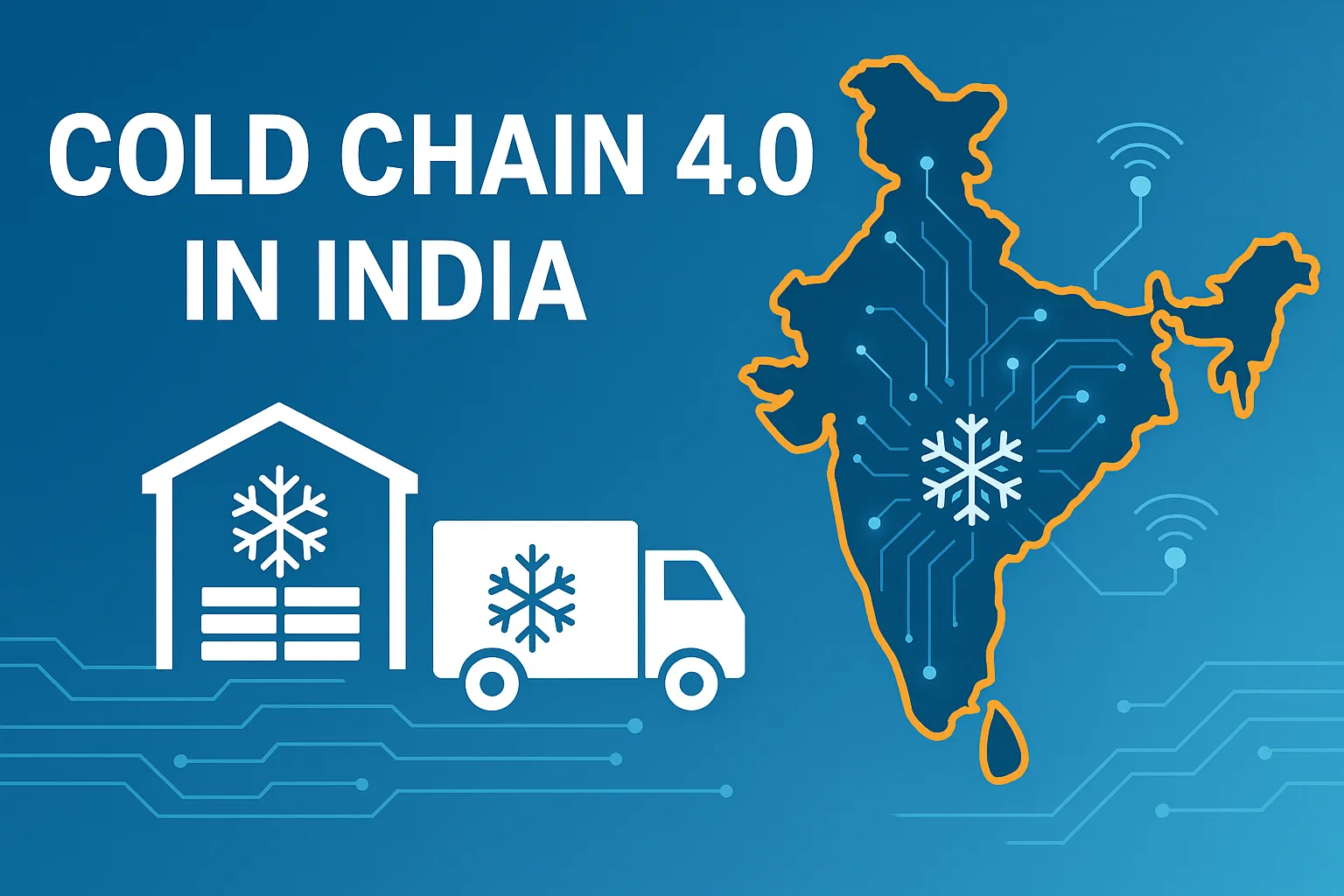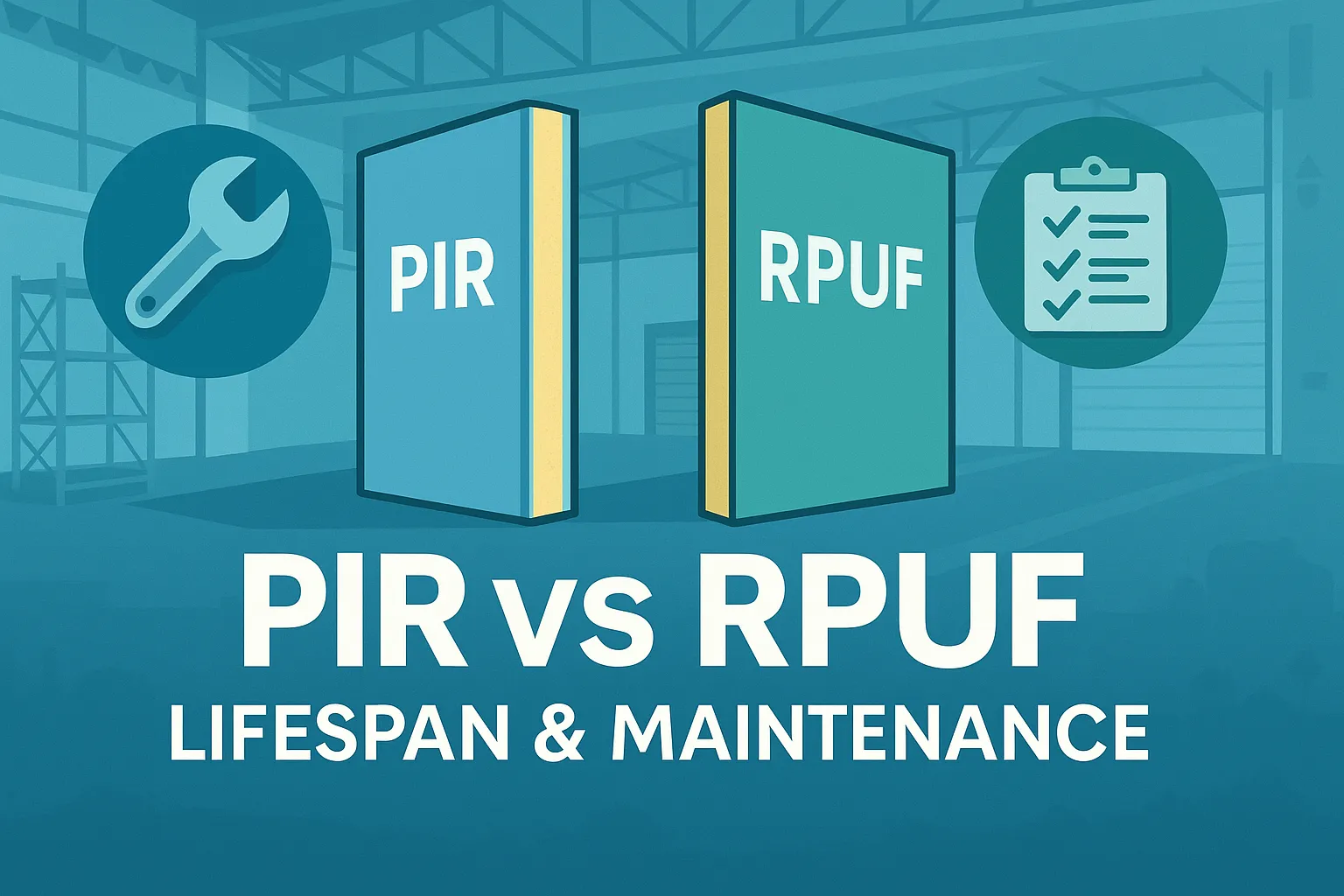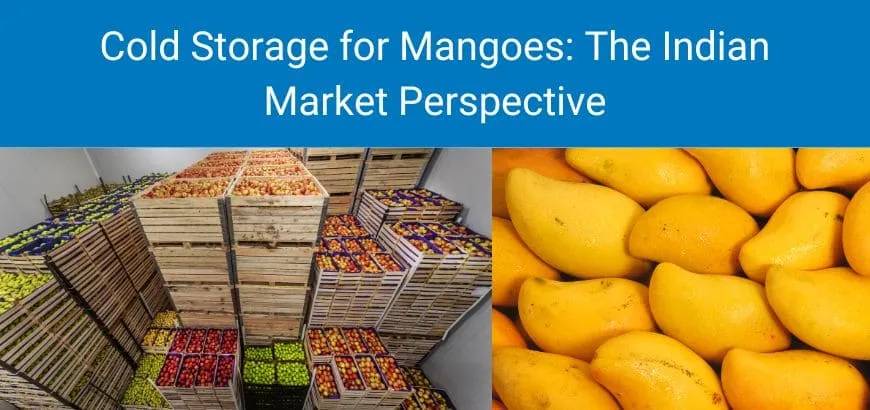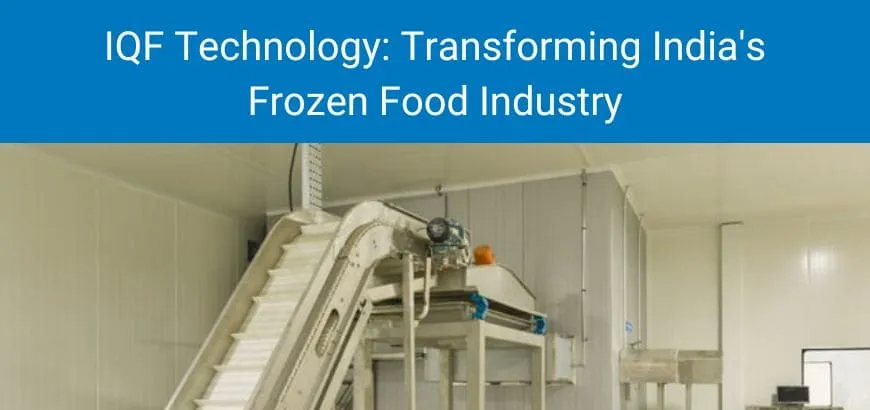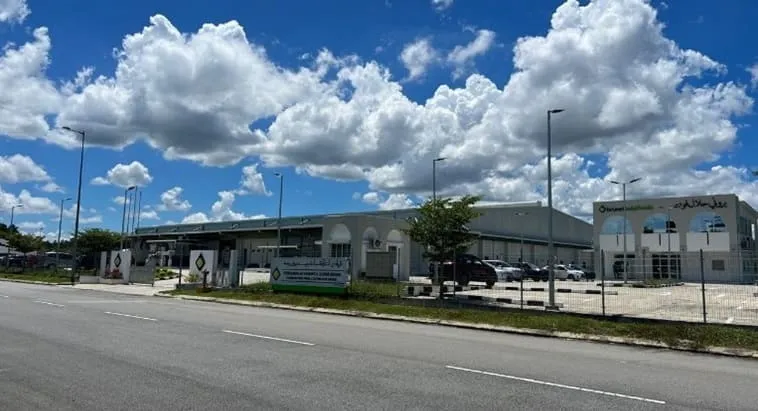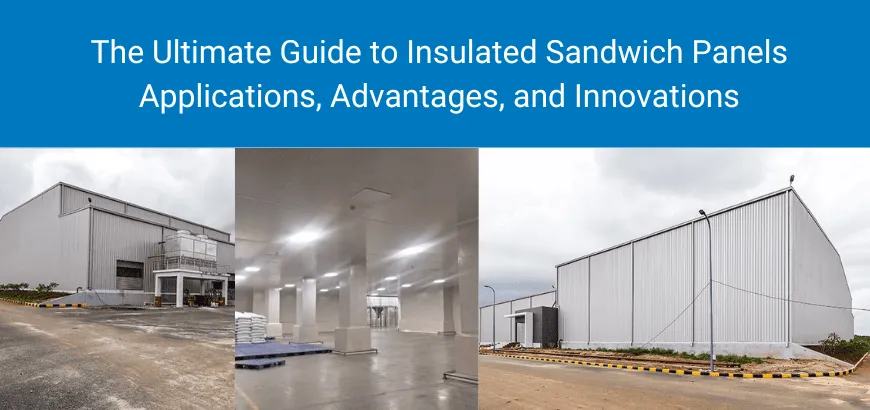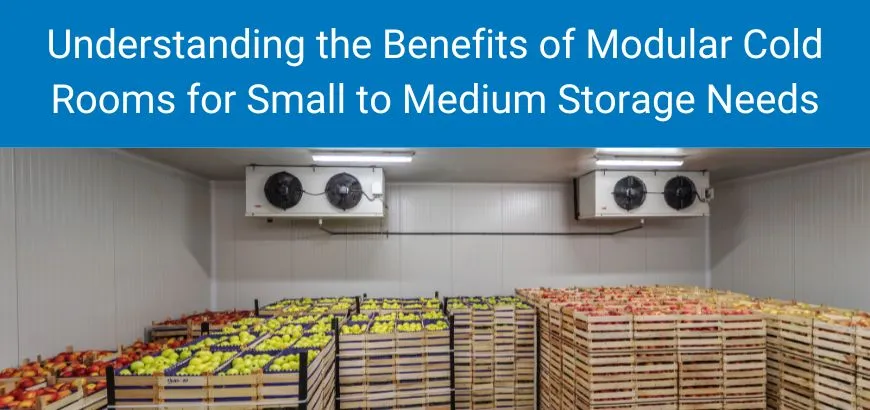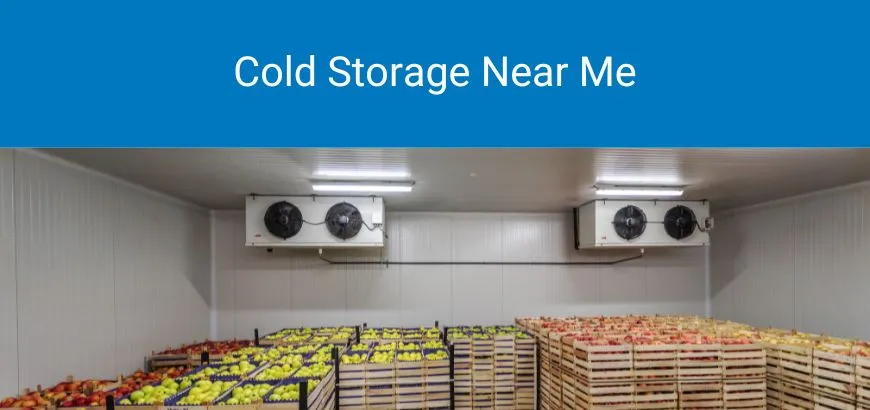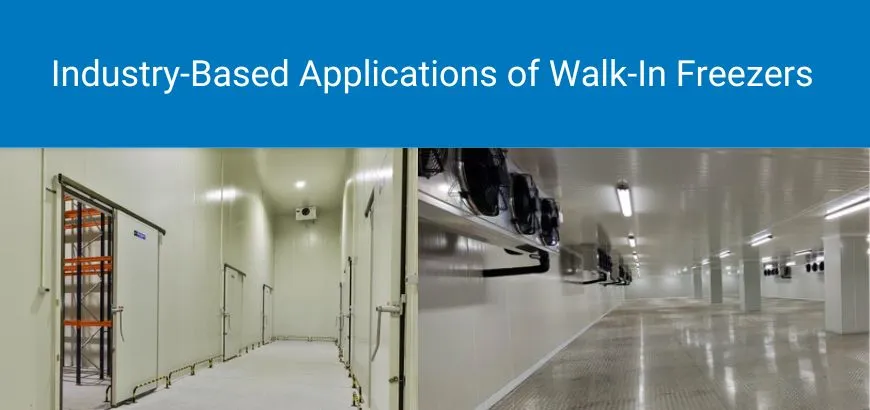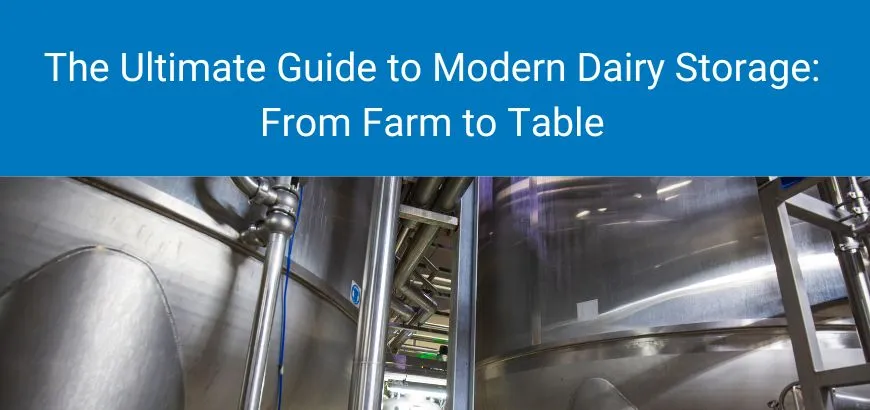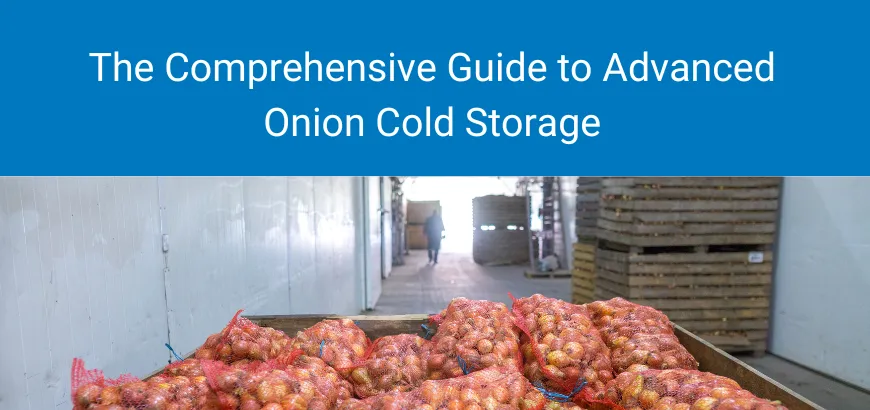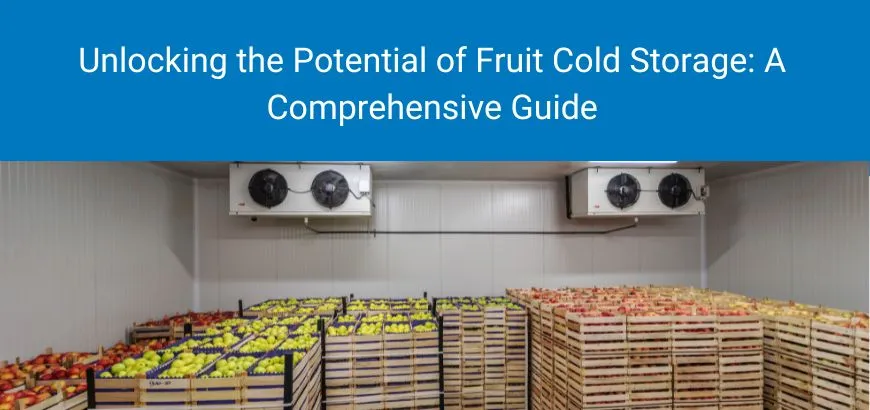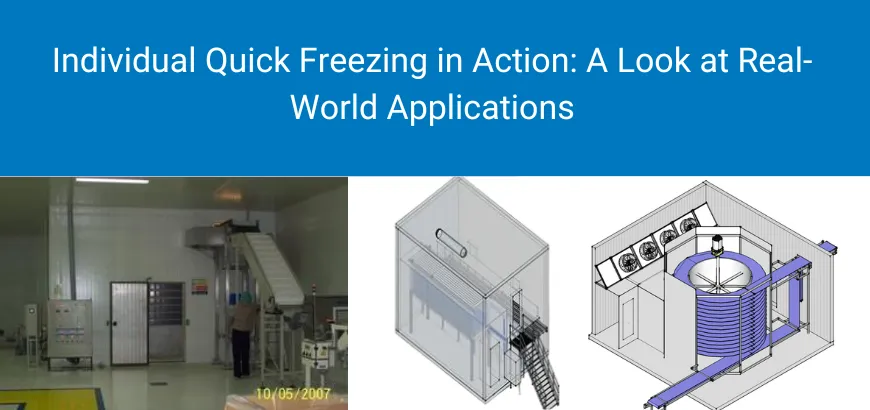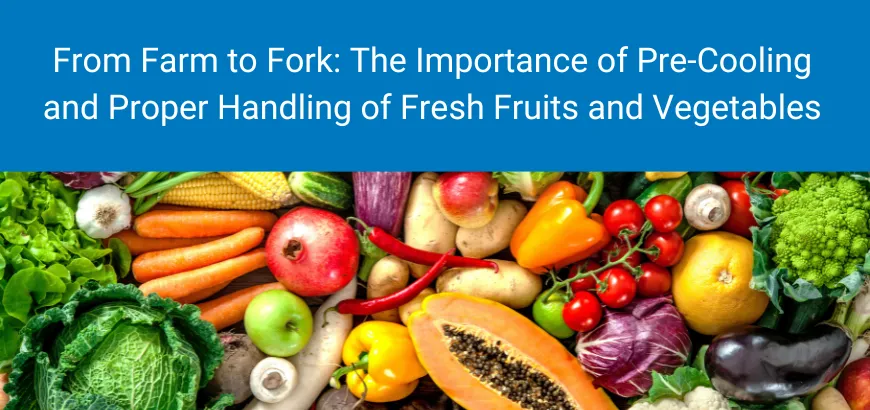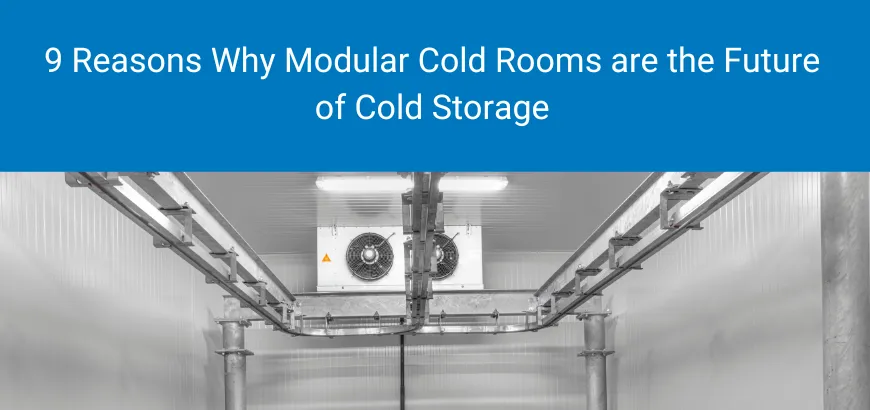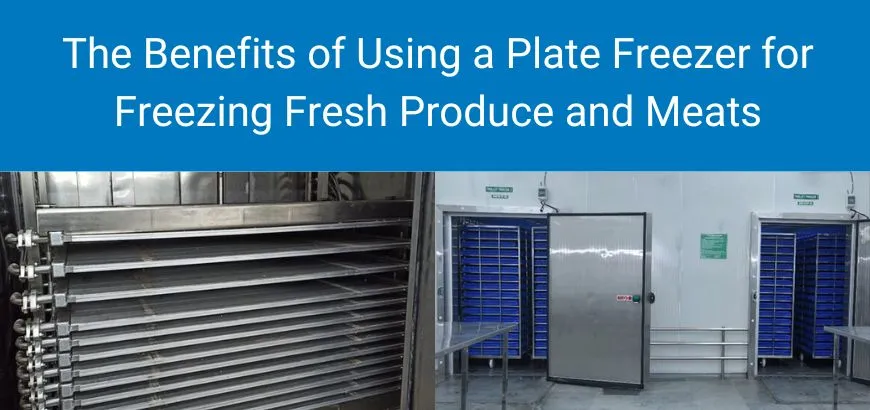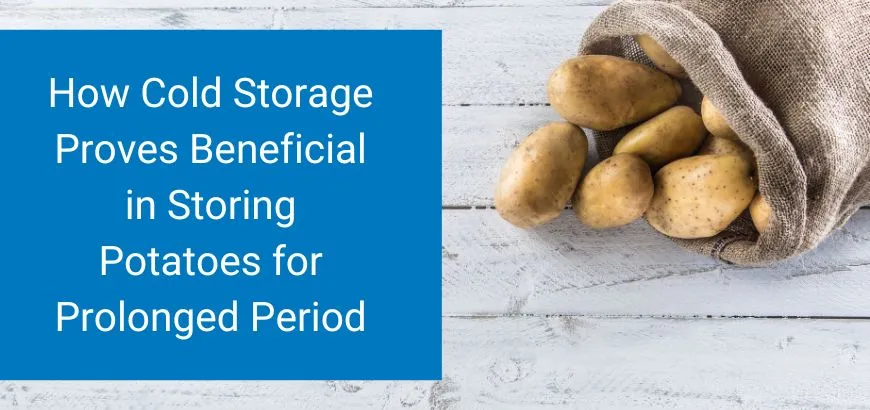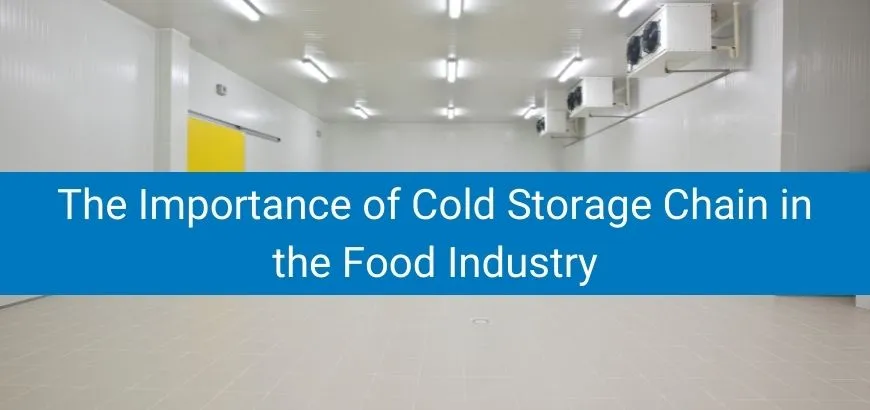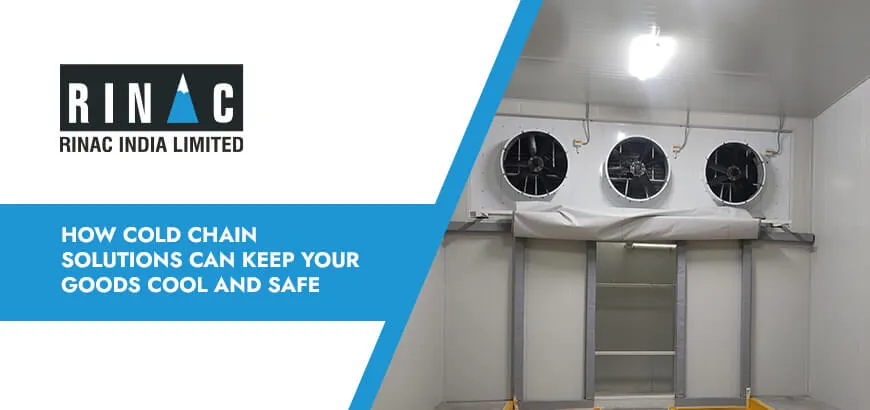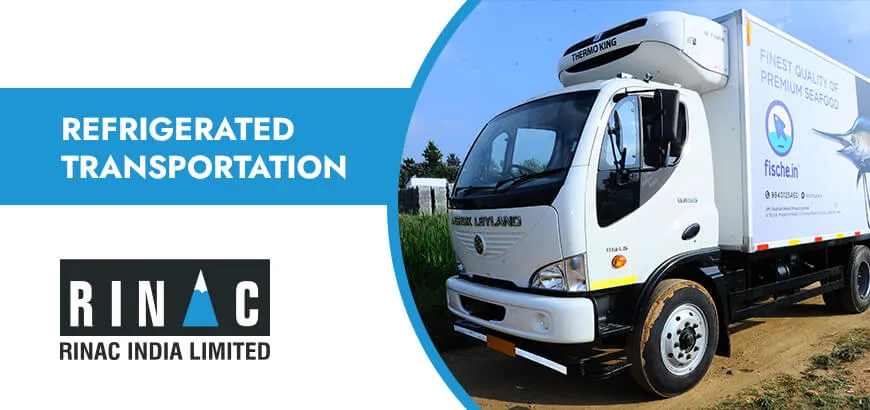
Cold Storage for Milk in India: A Practical Playbook with Rinac Solutions
Who this is for
Dairy collection centres, chilling centres, processing plants, distributors, and modern trade/retailers who need reliable, FSSAI-aligned temperature control from farm to shelf in Indian ambient conditions.
Why cold storage discipline matters for milk
Milk quality is time-and-temperature critical. Indian and international guidance emphasises rapid cooling and strict control through every hand-off to keep microbial growth in check and protect shelf life. Core principles include fast chilling of raw milk to around 4 °C, documented temperature logs, and FIFO stock rotation.
Temperature map: from farm to retail
| Stage | Target temperature | Notes |
|---|---|---|
| Raw milk at collection (BMC) | ≤ 4 °C | Indian dairy quality programs check if milk is chilled to ~4 °C and records maintained. |
| Post-pasteurization storage | ≤ 4–5 °C | BIS pasteurized milk spec requires rapid cooling after heat treatment to ≤ 5 °C (HTST/holder). |
| Chilled display / backroom | +2 °C to +8 °C | Typical retail/short-term storage band; aligns with Rinac’s display-cum-cold room capability. |
| UHT milk (unopened) | Ambient (room temp) | UHT ≥ 135 °C + aseptic pack enables shelf-stable storage; refrigerate after opening. |
Bottom line: Design your rooms, transport, and SOPs to hit and hold ≤ 4 °C for raw and pasteurized milk, with short-term retail storage within +2 °C to +8 °C. Use documented checks at each stage.
The Indian milk cold-chain blueprint (and where Rinac fits)
1) Rapid chilling at collection
Goal: Cool raw milk quickly to ~4 °C and keep it there until processing.
Rinac fit: Ice Bank Tank (IBT) systems provide chilled water as low as ~1 °C to buffer peak loads and support milk chilling—great for India’s power/peak-load realities. IBTs store “cold energy” off-peak and discharge it during receivals.
Why it helps: Energy-efficient load shifting and fast heat extraction during peak collections; modular skid-mounted design simplifies installation/scale-up.
Tip: If you already use Bulk Milk Coolers (BMCs), integrate IBT chilled water loops to improve pull-down times and energy costs. NDDB specs and tech notes emphasise hitting ~4 °C swiftly at collection.
2) Cold room storage at plant
Goal: Hygienic, tightly insulated rooms that maintain ≤ 4 °C for pasteurized milk and dairy SKUs.
Rinac fit: LiteCold Modular Cold Rooms—affordable, energy-efficient, site-assembled rooms with food-safe PUR panels. LiteCold configurations cover +4 °C and −18 °C operating bands, with microprocessor control and air-cooled systems sized for Indian ambient.
Envelope & build: Use RPUF/PIR insulated sandwich panels (InstaWall/InstaCeil/InstaRoof or InstaBuild/CoolTop) for walls, ceilings, and roofs to minimize thermal ingress and condensation, and to speed up installation.
3) Internal logistics & buffer storage
For back-of-house staging and short-term retail consolidation, Walk-In Chillers/Freezers (Sapphire) offer flexible door options and are designed for high-ambient conditions; systems adhere to recognized hygiene/performance standards and employ RPUF modular construction.
4) Refrigerated transportation
Goal: Keep milk within spec during long-haul and last-mile drops in Indian heat.
Rinac fit: Refrigerated transportation with RPUF-insulated GRP containers; options include stored-energy eutectic units for last-mile and forced refrigeration for long haul. These solutions are engineered for dairy and milk product distribution.
5) Retail display & backroom
Goal: Stable +2 °C to +8 °C for merchandised milk and dairy.
Rinac fit: Display-cum-Cold Room—combines front-of-house display with a backend stock room; compact footprint, modular PUF panels, and electronic control.
Room design checklist for milk (plant/backroom)
- Construction: RPUF/PIR insulated sandwich panels, correctly sealed joints, and insulated flooring to curb heat ingress and condensation.
- Refrigeration selection: Sized for peak ambient and door openings; microprocessor control, pressure/temperature safeties, and redundancy where risk warrants. (LiteCold supports multiple capacities.)
- Air distribution: High-humidity type evaporators and airflow paths that avoid warm spots; uniform loading and pallet gaps.
- Monitoring: Calibrated probes, data logging, and daily review of temperature records—explicitly called out in Indian dairy quality audits.
- HACCP/SOPs: FIFO, cleaning schedules, door discipline, defrost schedules, and documented corrective actions per Codex hygiene code.
- Power & resilience: Provision for DG sets/UPS for controls; IBTs can buffer peaks to stabilise loads.
Sizing—where to start (quick framework)
- Daily volume & dwell time: Litres of milk to be held and for how long (pasteurized milk typically ≤ 4 °C).
- Turnover pattern: Delivery/dispatch cycles; consider a small buffer room near dispatch using Sapphire walk-ins.
- Ambient profile: Design for Indian summers and door-open frequency; LiteCold capacities and panel thickness can be tuned.
- Energy strategy: Consider IBT to shift chilling load off-peak; pair with efficient condensers/controls.
Compliance snapshot (India-specific)
- Rapid chilling & logs: Indian dairy quality programs (NDDB Quality Mark) check if milk is chilled to ~4 °C and if records/corrective actions are in place.
- Pasteurized milk handling: BIS IS 13688:2020 outlines pasteurization (HTST/holder) and immediate cooling; maintain cold storage thereafter.
- UHT milk: Per FSSAI general standards, UHT (≥ 135 °C + aseptic pack) is shelf-stable at room temperature until opened.
- Good hygiene practices: Codex code emphasises time/temperature control, stock rotation, and documented procedures.
Rinac equipment (LiteCold rooms, insulated panels, walk-ins, reefer units, IBTs) provide the hardware backbone. Your SOPs, logs, and calibration make that compliance visible.
Recommended Rinac configurations for common dairy use-cases
- Village collection / chilling centre
- Ice Bank Tank integrated with existing BMCs to accelerate pull-down and trim peak power.
- Small LiteCold room for can-milk buffer/ancillaries.
- Processing plant (finished goods room)
- LiteCold Modular Cold Room at ≤ 4 °C for pasteurized milk and short-term staging
- RPUF/PIR sandwich panels with appropriate thickness; temperature logging + alarms.
- Distributor / modern retail
- Display-cum-Cold Room at +2 °C to +8 °C for backroom + front display.
- Refrigerated transportation (eutectic for city runs; forced refrigeration for intercity).
FAQs (for rich-result/FAQ schema)
Q1. What is the ideal storage temperature for raw milk in India?
Aim for ~4 °C as fast as possible and keep verified logs; this is an NDDB Quality Mark checkpoint.
Q2. What temperature should pasteurized milk be stored at?
After pasteurization and immediate cooling, hold at ≤ 4–5 °C through storage and distribution.
Q3. Do I need refrigeration for UHT milk?
Unopened UHT milk is shelf-stable at room temperature; refrigerate after opening.
Q4. Which Rinac products are relevant for milk?
- LiteCold Modular Cold Rooms for plant storage;
- Ice Bank Tanks for chilled-water supply to speed milk chilling;
- Walk-In Chillers/Freezers (Sapphire) for backroom/buffer;
- Display-cum-Cold Rooms for retail;
- Refrigerated Transportation (eutectic/forced) for last-mile and line-haul;
- RPUF/PIR Sandwich Panels to build energy-efficient rooms.

